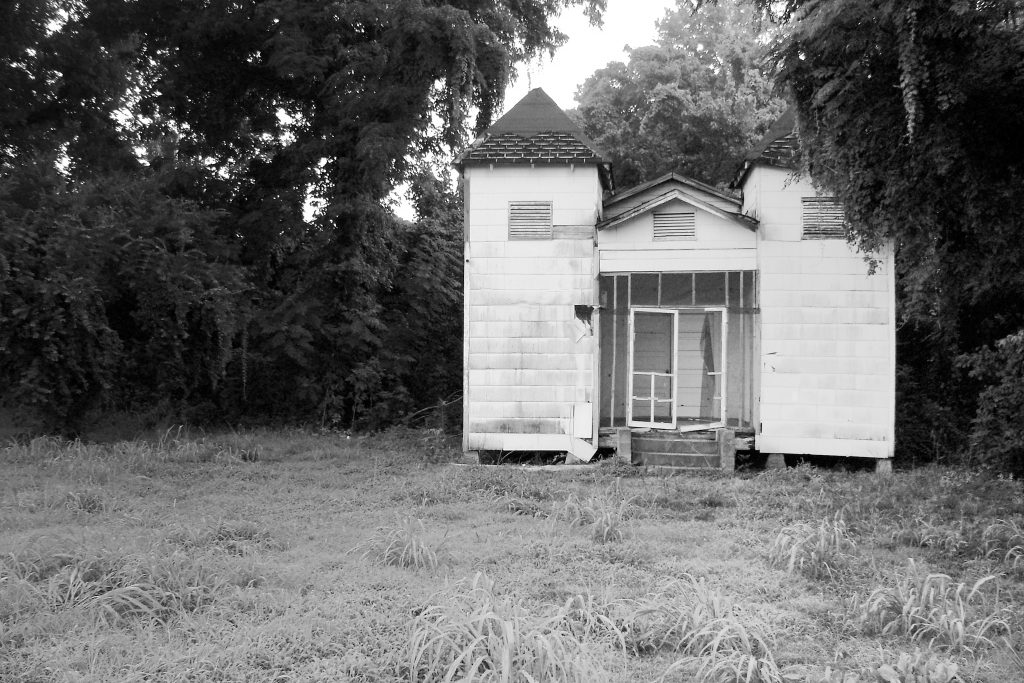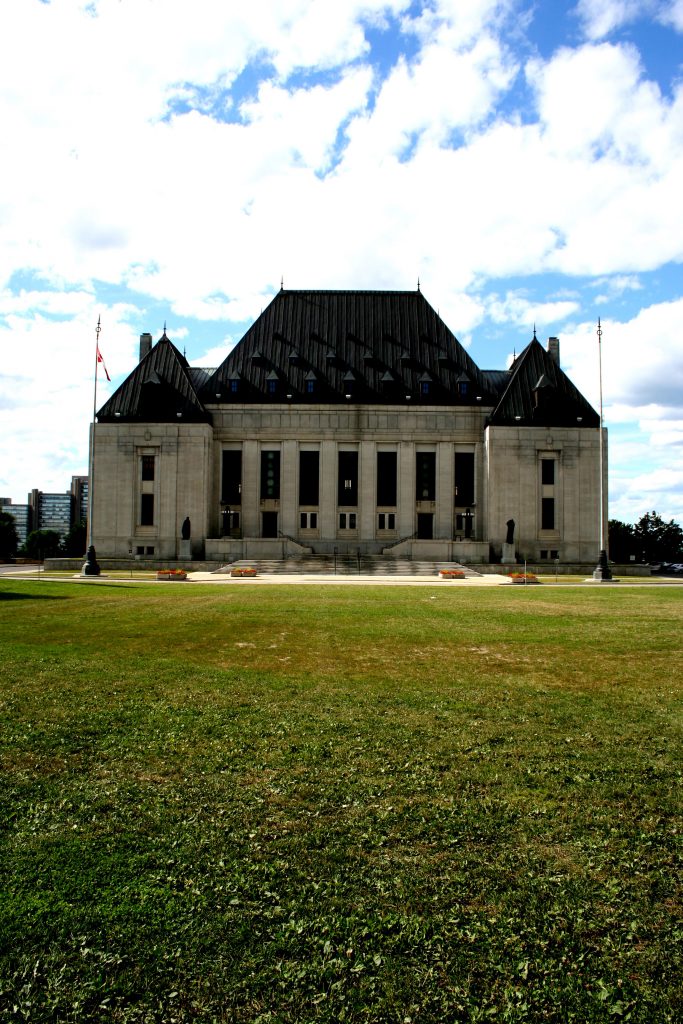 In the event of an on the job injury, you must prove that the injury was both caused by an accident during the course of the employment. La. R.S. 23:1021(A). An accident is defined as an unexpected event that can be directly tied to the injury itself. La. R.S. 23:1021(1). If you are injured on the job, make sure you find a great attorney because your employer may do everything in their power to deny your coverage. If the employer can prove that any portion of your losses should not be covered, you could lose out on thousands of dollars in potential benefits. A recent worker’s compensation appeal involving a Lake Charles bussing company and its part time employee shows what can happen during an employee-employer compensation dispute.
In the event of an on the job injury, you must prove that the injury was both caused by an accident during the course of the employment. La. R.S. 23:1021(A). An accident is defined as an unexpected event that can be directly tied to the injury itself. La. R.S. 23:1021(1). If you are injured on the job, make sure you find a great attorney because your employer may do everything in their power to deny your coverage. If the employer can prove that any portion of your losses should not be covered, you could lose out on thousands of dollars in potential benefits. A recent worker’s compensation appeal involving a Lake Charles bussing company and its part time employee shows what can happen during an employee-employer compensation dispute.
Julia Bridges was a part time bus driver for Gaten’s Adventures Unlimited (Gaten). On May 2, 2013 Bridges was driving a group of students on a field trip from Mandeville, Louisiana, to Lake Charles. As Bridges was assisting a handicapped child onto the bus for the return trip she felt a sharp pain in her back, which extended down her right side. Bridges continued the trip, but by the time she got back to the Gaten office it was closed. She returned the following day, a Friday, to report her injury to her supervisor, but he was not available. After waiting an hour, she left. Over the weekend Bridges continued to experience sharp pain in her back and right side. She went to the emergency room at Lallie Kemp Hospital on Saturday and the doctor prescribed her medicine for the pain.
On Monday morning Bridges informed her supervisor of the injury. Her supervisor told her to go to the hospital and so she again proceeded to the emergency room. When Bridges returned to Gaten, the supervisor informed her she would need to contact her insurance carrier. However, he failed to give her any details as to how to contact them. After the pain failed to dissipate, she was referred to a surgeon. Gaten declined to pay for the treatment.
 Louisiana Personal Injury Lawyer Blog
Louisiana Personal Injury Lawyer Blog


 Contractual relationships and the relative obligations and rights that come with them can be difficult to decipher. There are so many clauses, provisions, and sections buried in these agreements that understanding the importance of certain matters can get lost in translation. In order to truly comprehend the exact obligations and rights that an individual or corporation has under an agreement, it is important to have the best attorneys drafting and reviewing the agreement. After all, these clauses are what govern the course of the parties’ professional relationship.
Contractual relationships and the relative obligations and rights that come with them can be difficult to decipher. There are so many clauses, provisions, and sections buried in these agreements that understanding the importance of certain matters can get lost in translation. In order to truly comprehend the exact obligations and rights that an individual or corporation has under an agreement, it is important to have the best attorneys drafting and reviewing the agreement. After all, these clauses are what govern the course of the parties’ professional relationship. We live in an age in which modern medicine can do wonders for people suffering from various illnesses and conditions. These drugs are designed to provide patients with the ability to live healthy and fulfilling lives. However, there are always side effects to consider when taking any drug. Each patient should discuss these possibilities with their doctor and make an educated decision whether to take the drugs or not. Even after this “due diligence” there can still be unintended consequences from certain drugs. Through no fault of their own, after having weighed the decision and exploring all of their options, patients may find themselves in much worse condition than what they were in before taking the drug. In cases such as these, a good products liability attorney is essential to securing the relief you’re entitled to.
We live in an age in which modern medicine can do wonders for people suffering from various illnesses and conditions. These drugs are designed to provide patients with the ability to live healthy and fulfilling lives. However, there are always side effects to consider when taking any drug. Each patient should discuss these possibilities with their doctor and make an educated decision whether to take the drugs or not. Even after this “due diligence” there can still be unintended consequences from certain drugs. Through no fault of their own, after having weighed the decision and exploring all of their options, patients may find themselves in much worse condition than what they were in before taking the drug. In cases such as these, a good products liability attorney is essential to securing the relief you’re entitled to. The right to jury trial is a fundamental part of our government, enshrined in its own amendment to the Constitution.
The right to jury trial is a fundamental part of our government, enshrined in its own amendment to the Constitution.  An appeal is the legal system’s way of letting the losing side have one, or two, additional chances at making their case before the final bell rings. The losing side can, and often does, argue for virtually every perceived problem or slight that occurred in the lower court proceedings. But, this is also why appeals are generally only available after the trial or lower court proceedings have ended. Of course, this being the law, there are exceptions to just about every rule. It is critical, however, to have an attorney who knows the rules and their exceptions so that they are then capable of making savvy choices on how and when to appeal.
An appeal is the legal system’s way of letting the losing side have one, or two, additional chances at making their case before the final bell rings. The losing side can, and often does, argue for virtually every perceived problem or slight that occurred in the lower court proceedings. But, this is also why appeals are generally only available after the trial or lower court proceedings have ended. Of course, this being the law, there are exceptions to just about every rule. It is critical, however, to have an attorney who knows the rules and their exceptions so that they are then capable of making savvy choices on how and when to appeal. Louisiana is an “at-will” state when it comes to employment meaning when the employer and employee have not agreed to a limited term of employment, either the employee or the employer can break the relationship at any time without a reason. Term employment involves a stronger and a more defined agreement through a contract that is usually written, but that can also be established orally. An important part of such a contract defines the length of the employment – it can be, for example, for a given number of weeks, months, or years. In such employment, there must be a good reason for either side to terminate the relationship. Since there is a contract in this employment type, there are generally consequences for ending the relationship without a good reason.
Louisiana is an “at-will” state when it comes to employment meaning when the employer and employee have not agreed to a limited term of employment, either the employee or the employer can break the relationship at any time without a reason. Term employment involves a stronger and a more defined agreement through a contract that is usually written, but that can also be established orally. An important part of such a contract defines the length of the employment – it can be, for example, for a given number of weeks, months, or years. In such employment, there must be a good reason for either side to terminate the relationship. Since there is a contract in this employment type, there are generally consequences for ending the relationship without a good reason. Litigation is very complicated, particularly amongst the weeds of appeals and motions. This is illustrated very well in a case out of the Louisiana state Fifth Circuit Court of Appeal. One of the most important things it teaches is that it is invaluable to have a knowledgeable attorney who is familiar with summary judgments and appeals so the correct motions and pleadings can be filed on behalf of the client.
Litigation is very complicated, particularly amongst the weeds of appeals and motions. This is illustrated very well in a case out of the Louisiana state Fifth Circuit Court of Appeal. One of the most important things it teaches is that it is invaluable to have a knowledgeable attorney who is familiar with summary judgments and appeals so the correct motions and pleadings can be filed on behalf of the client.  When bringing a case for damages for wrongful termination due to age discrimination, a former employee must demonstrate that despite their age (or other considerations), they are capable of performing the duties associated with the position from which they had been fired. Failure to do so may result in a dismissal of the lawsuit.
When bringing a case for damages for wrongful termination due to age discrimination, a former employee must demonstrate that despite their age (or other considerations), they are capable of performing the duties associated with the position from which they had been fired. Failure to do so may result in a dismissal of the lawsuit.
 Often, when a person gets into an accident, they may not immediately feel the injury. In fact, after a slip and fall, car accident, or other personal injury, it may take a long time for a person to begin feeling the effects of the injury. As such, when an injured person brings a lawsuit alleging that another party caused the accident and the injury, it can be difficult to to prove those allegations, especially if a significant amount of time has passed since the incident. The longer the time between the accident and the onset of related symptoms, the harder this connection be to prove, even for a great lawyer. Moreover, it may even seem like the injured plaintiff is falsely blaming the accident for a completely unrelated pain, and a jury isn’t likely to be sympathetic.
Often, when a person gets into an accident, they may not immediately feel the injury. In fact, after a slip and fall, car accident, or other personal injury, it may take a long time for a person to begin feeling the effects of the injury. As such, when an injured person brings a lawsuit alleging that another party caused the accident and the injury, it can be difficult to to prove those allegations, especially if a significant amount of time has passed since the incident. The longer the time between the accident and the onset of related symptoms, the harder this connection be to prove, even for a great lawyer. Moreover, it may even seem like the injured plaintiff is falsely blaming the accident for a completely unrelated pain, and a jury isn’t likely to be sympathetic.